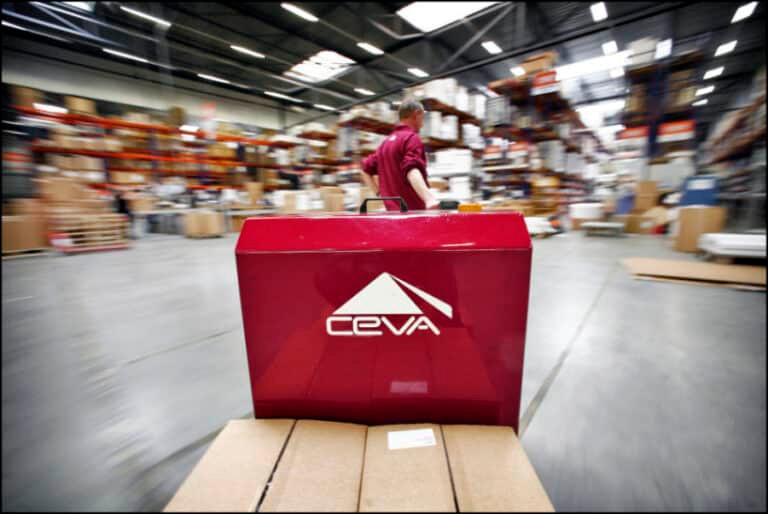CEVA Logistics has drawn up new strategies for the European market as it targets further growth, reports Mike Bryant.
Chief operating officer for air and ocean at supply chain services, Helmut Kaspers explains: “Our main focus in Europe is on growing outbound volumes to increase our market share.
“Especially in Europe, we have significantly increased our field sales footprint and aggressively target specific volumes on focus trade lanes. As of now, we can see a really good volume performance for European exports with a good two-digit year-on-year growth in the first half (1H) of 2016.”
Kaspers continues: “When it comes to particular countries that contributed to this growth, the largest contributor was the Benelux countries. To a large extent, Italy, the UK and Germany benefited from an increase of volumes from smaller and medium-sized customers.”
In CEVA’s 1H results airfreight was strong with volume growth of 6.6 per cent year-on-year (YOY) in the second quarter (Q2).
Kaspers notes: “This means we significantly outpaced the airfreight market which, according to IATA, only grew 0.5 per cent YOY in the 1H of 2016. Volume growth was achieved by optimising our trade lane approach through focusing on specific trade lanes (Europe to Asia and transpacific routes) as well as our ongoing investments in field sales. We see additional volumes from small to medium-sized and multinational companies.”
Challenges remain, such as over-capacity, Kaspers points out: “However, especially towards the end of last quarter, we experienced more and more capacity-reducing measures from carriers, especially out of Asia.
“This includes flight cancellations and limiting available capacity meaning airlines only sell a certain share of their capacity. Carriers try to restrict their available capacity in order to at least stabilise the negative rate developments.
“In addition, several carriers are generally announcing rate increases, the actual increase differing between trade lanes.”
The biggest challenge in the second half of 2016 will be Asia’s export peak season. Kaspers expects demand to show similar patterns as in 2015, with significant shortening of available capacity as carriers realise a peak season effect can be created artificially by limiting capacity.
He adds: “We have seen the first carriers’ actions already towards the end of the Q2 during the usual high-tech quarter end when carriers cancelled flights and created constraints. Rates went up towards quarter end. Since then, rates from China and Hong Kong remain at those levels, significantly above previous year – a consequence of carriers’ focus on yield management and thinning out of freighter schedules.”
Kaspers says demand, especially from Southern European countries (France, Italy and Spain) has been picking up: “We see a common trend of growing perishable exports, in particular to Asia from these countries.
“The same applies to demand for perishable airfreight from Norway. Spain’s airfreight demand growth is also supported by a strong increase of fashion exports.”



